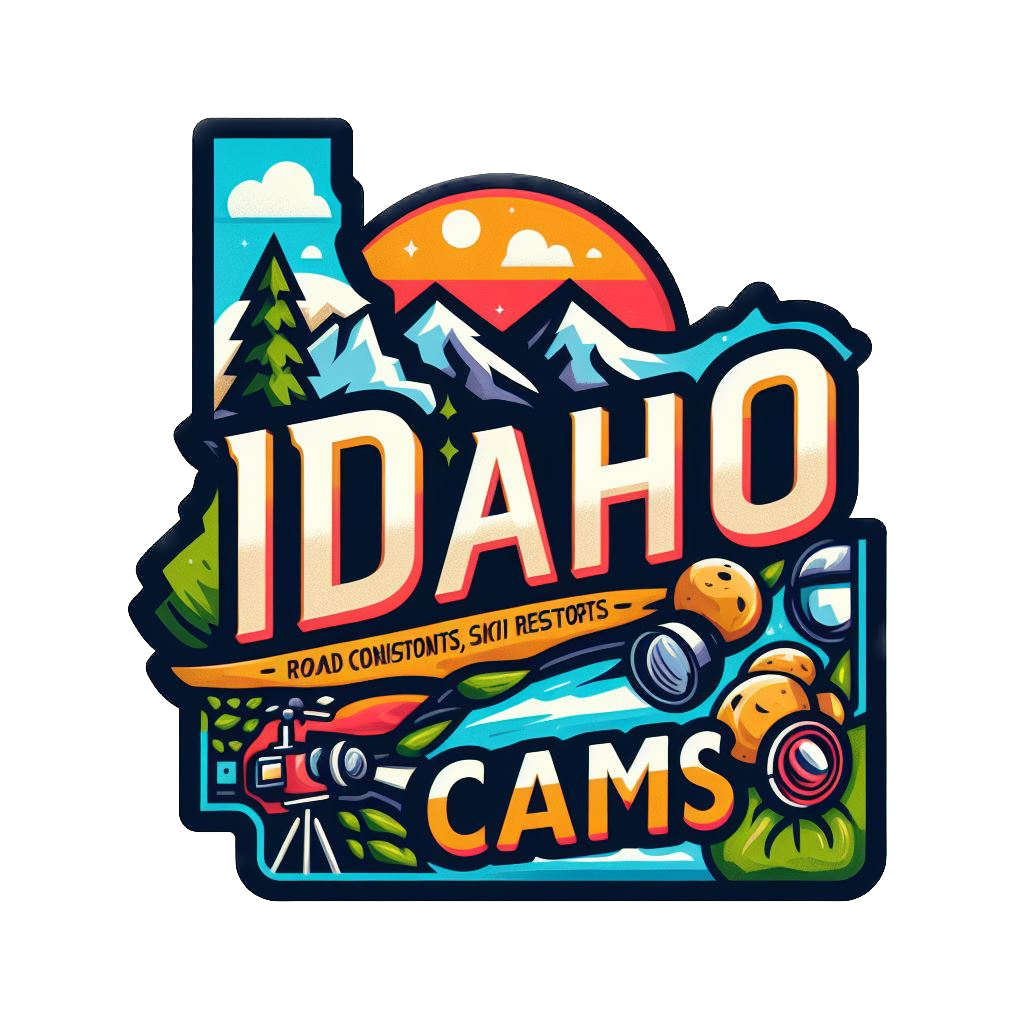Salmon, ID Weather Cams
Flying B Ranch, North View

USGS Salmon River at Salmon, ID (Timelapse)
Lemhi County Airport, West

Lemhi County Airport, Southwest and Williams Summit

Lemhi County Airport, Northeast

Lemhi County Airport, North

Lemhi County Airport, Northwest

Lemhi River below L5 Diversion near Salmon, ID (Timelapse)
Baldy Peak FAA Webcam
Salmon, Idaho: Gateway to the Salmon River Country
Salmon, ID Weather Cams. Nestled in the rugged beauty of central Idaho, Salmon stands as a gateway to the untamed wilderness of the Salmon River country. From its origins as a frontier outpost to its present-day status as a vibrant community rich in history and natural splendor, Salmon’s story is one of resilience, exploration, and adventure. This narrative traces the evolution of Salmon over the centuries, highlighting its pivotal role in the exploration and settlement of the American West.
Early Exploration and Native American Presence
Long before European settlers arrived in the region, the area around present-day Salmon was inhabited by Native American tribes, including the Shoshone, Nez Perce, and Lemhi peoples. These indigenous communities lived in harmony with the land, relying on the abundant resources of the Salmon River and surrounding wilderness for sustenance and cultural practices.
In 1805, the Lewis and Clark Expedition passed through the Salmon River valley, making contact with the Native American tribes and documenting the rich natural beauty and resources of the area. The expedition’s encounters with the indigenous peoples of the region would later influence the course of exploration and settlement in the American West.
Fur Trappers and Frontier Outposts
In the early 19th century, fur trappers and traders began to venture into the Salmon River country in search of valuable pelts. These mountain men, including famous figures such as Jedediah Smith and Jim Bridger, explored the rugged terrain and established trading posts along the riverbanks.
One of the first permanent settlements in the area was established in 1866 when Frederick Church, a Mormon missionary, founded a trading post known as Salmon River Mission near present-day Salmon. The mission served as a supply depot and gathering place for fur trappers, miners, and Native American tribes, laying the foundation for the future town of Salmon.
Gold Rush and Boomtown Days
The discovery of gold in the Salmon River basin in the 1860s sparked a rush of prospectors and fortune seekers to the region, leading to the rapid growth and development of the town of Salmon. The town became a bustling hub of activity, with miners, merchants, and settlers flocking to the area in search of riches.
Salmon quickly grew into a vibrant frontier town, boasting saloons, stores, hotels, and other businesses catering to the needs of miners and travelers. The town’s strategic location on the banks of the Salmon River made it a key stopover point for prospectors and pioneers heading westward, further fueling its growth and prosperity.
Railroad Expansion and Economic Diversification
In the late 19th and early 20th centuries, the arrival of the railroad brought new opportunities for growth and prosperity to Salmon. The completion of the Oregon Short Line Railroad in 1899 provided transportation links to markets and opened up new possibilities for trade and commerce.
With the advent of the railroad, Salmon began to diversify its economy, expanding beyond mining and logging to include agriculture, ranching, and tourism. The town’s scenic beauty and outdoor recreational opportunities, including fishing, hunting, and river rafting, attracted visitors from across the region, further boosting its economy and reputation.
Conservation and Environmental Stewardship
Throughout its history, Salmon has been a staunch advocate for conservation and environmental stewardship. The town’s residents have long recognized the importance of protecting the pristine wilderness of the Salmon River country for future generations to enjoy.
In the 1960s and 1970s, Salmon became a focal point for environmental activism and advocacy, particularly in response to proposed dams and development projects that threatened the region’s natural resources. Local residents, conservation groups, and outdoor enthusiasts banded together to oppose these projects and promote the preservation of the Salmon River and its surrounding wilderness.
Modern Era and Community Resilience
Today, Salmon continues to thrive as a vibrant community that embraces its heritage while looking towards the future. The town’s economy is fueled by a mix of industries, including tourism, agriculture, and outdoor recreation, with a growing emphasis on sustainable development and ecotourism.
Salmon’s strong sense of community and spirit of resilience are evident in its thriving downtown district, historic landmarks, and cultural events. The town’s annual Salmon River Days celebration, held each summer, brings together residents and visitors for a weekend of festivities, live music, and outdoor activities, celebrating the town’s heritage and natural beauty.
Looking to the Future
As Salmon looks to the future, it remains committed to preserving its natural beauty, promoting economic opportunity, and enhancing the quality of life for its residents. Plans for future growth and development include investments in infrastructure, sustainable tourism initiatives, and efforts to diversify the local economy.
With its breathtaking scenery, rich history, and strong sense of community, Salmon is poised to remain a cherished destination for outdoor enthusiasts, history buffs, and nature lovers for generations to come. As the gateway to the Salmon River country, the town will continue to inspire exploration, adventure, and discovery in the heart of Idaho’s wilderness.
For more information, visit the official Salmon, ID website.
